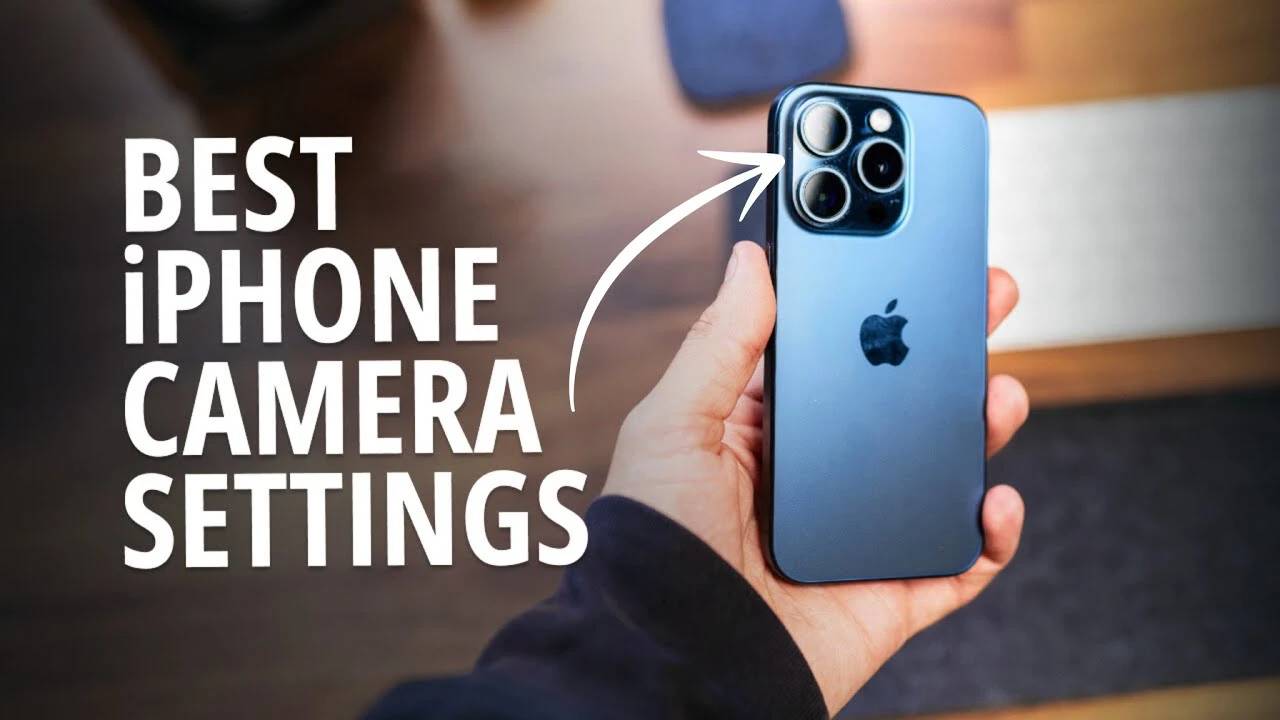

Are you looking to take your iPhone photography game to professional heights? Whether you're using the latest iPhone 15 Pro or taking advantage of the power of an older model, knowing how to optimize your camera settings can take your photos from good to stunning.
First, understanding your camera settings is crucial. For iPhone users, especially those with the iPhone 15 Pro, choosing the right format and resolution is your first step in taking photos that are not only visually appealing but also storage efficient. Choose efficient settings to prevent your high-quality images from taking up space on your device.
Choosing the right photo capture settings isn't just a technical matter; it's an art. To achieve the ideal balance between detail and file size, it is recommended to set the camera to its default resolution of 24MP. For those of you who like to modify your photos after taking them, the ProRAW format is your best friend. It provides unparalleled detail and makes your editing process a breeze.
There is nothing more frustrating than having to readjust your settings every time you open the camera app. The Preserve Settings feature is a lifesaver, ensuring that your carefully chosen preferences remain unchanged between sessions. This small tweak means you can focus more on your composition and less on the settings.
Good composition is the backbone of good photography. For this purpose, it can be very helpful to enable the Grid and Levels feature on your iPhone. These tools help frame your shot perfectly and keep the horizon level, ensuring your photos have a professional polish.
Photography is a form of self-expression, and iPhone’s Photography Styles feature lets you bring your own personality to your shots. Experiment with different styles to find the one that best suits your vision. Additionally, enabling portrait data capture provides greater editing flexibility, allowing you to adjust focus and depth after taking the photo.
In the iPhone Camera app, there are a ton of settings that can drastically change the outcome of a photo. From manual flash and Night mode adjustments to using Live Photo and exposure controls, knowing how to manually control these settings can prepare you for any shooting condition.
For photography enthusiasts pursuing professional-grade post-processing, shooting in RAW (especially Apple ProRAW) is a game changer. Tom walks us through the process of editing RAW photos in Adobe Lightroom, demonstrating how adjusting exposure, color, and detail can dramatically improve photo quality.
Finally, Tom shares valuable tips for editing RAW photos in Adobe Lightroom. Learning how to restore detail, adjust exposure, and apply corrections can transform a basic capture into a masterpiece. These skills are essential for anyone looking to get professional-quality photos with their iPhone.
By embracing these tips and taking the time to practice, you can unleash the full potential of your iPhone camera. Photography is more than just capturing a moment; it's about creating art. Armed with your iPhone and some know-how, you're well on your way to creating stunning images that capture the essence of your subject and the beauty of the world around you.
The above is the detailed content of How to optimize your iPhone camera settings for great photos. For more information, please follow other related articles on the PHP Chinese website!




